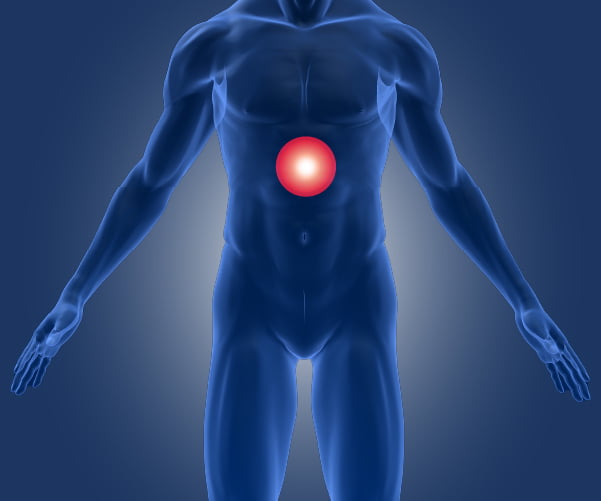Overview
What is it? Pancreatitis is a condition in which the pancreas, a gland located near the stomach, becomes inflamed. The pancreas plays an important role in digestion by producing enzymes that help break down food in the small intestine. When the pancreas becomes inflamed, these enzymes can leak into the surrounding tissue and cause damage to the pancreas and other organs.
Why it happens? Gallstone pancreatitis is the most common type of pancreatitis and occurs when a gallstone blocks the common bile duct, which is the tube that carries bile from the liver and gallbladder to the small intestine. When the bile duct is blocked, the flow of digestive enzymes from the pancreas to the small intestine is also blocked, causing the pancreas to become inflamed.
